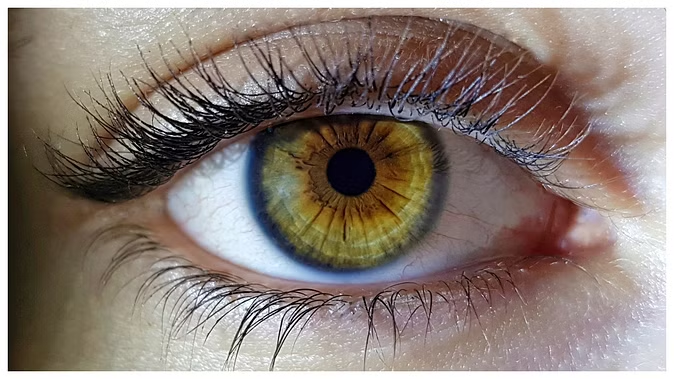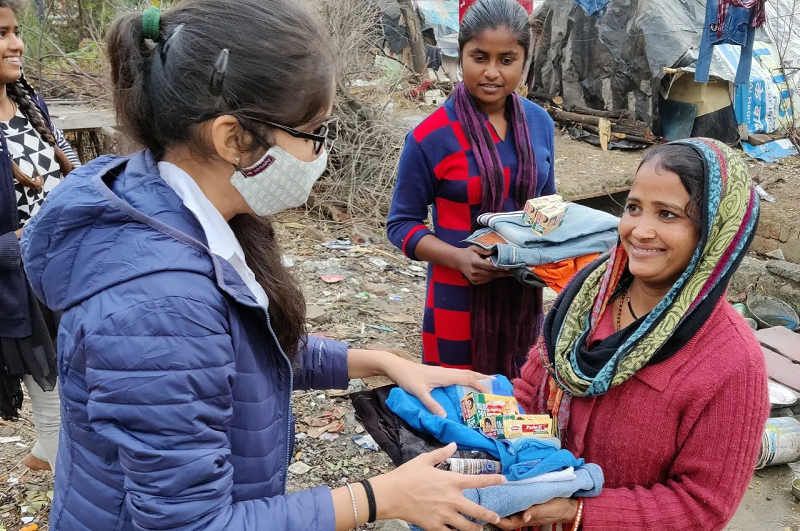India has won the battle against a serious health problem. The World Health Organization (WHO) has confirmed that trachoma disease has been completely eradicated from India. This is certainly a great success. Trachoma disease, one of the leading causes of blindness globally, has long been a public health concern. The efforts made by India to eliminate this disease have certainly seen better results, as a result, it has been successfully eliminated.

With this achievement, India has joined Nepal and Myanmar in the WAO South-East Asia Region and 19 other countries that have freed themselves from trachoma.
WHO Director-General Dr. Tedros Adhanom Ghebreyesus said in the release, "India has successfully eradicated this serious and global health problem. This is a testament to the country's commitment to reducing the suffering of millions of people suffering from this serious disease. The organization worked closely with India to achieve this feat."
Let's know what is trachoma and what kind of problems are there in.
What is trachoma?
Trachoma is a bacterial infection that affects your eyes. It is a disease caused by a bacterium called Chlamydia trachomatis. Trachoma is known as a highly contagious disease. Coming in contact with the eyes, eyelids and nose-throat secretions of an infected person can put other people at risk of infection.
Not only this, there can be a risk of spreading infection by using items used by the infected person such as handkerchiefs and towels.
What are the problems in trachoma?
Studies show that young children are particularly vulnerable to infection. This disease progresses slowly. All the symptoms of trachoma are seen as more severe in your upper eyelid. Often the disease process that starts in childhood can continue into adulthood.
Health experts say, the symptoms and signs of trachoma usually affect both eyes. There is a risk of mucus or pus discharge from the eyes, sensitivity to light (photophobia), pain, and redness in the eyes, along with mild itching and burning in the eyes and eyelids. It can also cause vision loss.
Why does this infection occur?

Health experts say that some conditions can increase the risk of trachoma. There is a greater risk of spreading infection in close contact, so social distancing should be followed in places where there is infection. There is a risk of increasing infection due to lack of cleanliness, and lack of hygiene such as dirt on hands.
This infection is most common in children aged four to six years, it is important to keep making continuous efforts to protect children from infection. There is a risk of spreading infection through flies, so it is important to keep protection from flies.
How to win the battle against trachoma?
In the year 1971, trachoma was found to be responsible for more than 5% of blindness cases in India. Through the National Program for Control of Blindness and Visual Impairment (NPCBVI) and the safety strategy of the World Health Organization, we have gotten rid of this infectious disease.
Experts say that in places where there is a risk of trachoma, it is important to pay attention to the cleanliness of the face and hands. Apart from this, reducing flies can help in eliminating the source of infection. Proper disposal of animal and human waste can reduce the breeding of flies. With the help of all these efforts, India has won this war against infectious disease.
(PC: Freepik)










